For making many types of parts, injection molding is the go-to process where hot stuff gets squirted into a mold. This is great for a lot of things and allows for highly precise shapes. Injection Mold Classification and Types of Injection Molding play a crucial role in understanding how to get the most out of this process. In the article mentioned, all types of injection molds are sorted out and explained in simple terms, helping you to truly get your money’s worth.
1. Injection Molds Classification
Injection Molds can be classified by a number of properties such as the material used, Mold construction/structural type, which include multiple cavities (multi-cavity Molds) or single cavity and finally whether they have been designed for cold runner molding.
1.1 Based on Material Type
Injection molding is characterized on the basis of their material used in molding process. Some materials are included:
- Thermoplastics: This material is good for reused because it becomes soft when it heats and hard when it cool.
- Thermosets: This material is strong and durable. It can’t be reshaped and reused once it set, it can’t be melted.
- Elastomers: It is used for making rubbers. It is flexible and it can stretch and it’s back to their normal shape.
1.2 Injection Mold Classification and Types of Injection Molding Based on Mold Structure
The mold structure plays an important role to consider the injection molding process work or not. Mold is divided into the following types:
- Two-Plate Molds: Two plate Mold is simply design and it consist two plates first one a stationary half and second is moving half. It is cost-effective, easy maintenance, fast cycle times, and suitable for a variety of materials.
- Three-Plate Molds: This Mold has an extra plate which known as runner. The runner plates are arranged on two planes. It removes the finished part carefully.
- Hot Runner Molds: Hot runner Molds consist of two plates that are heated with a manifold system. The manifold helps maintain a consistent temperature by keeping the molten thermoplastic in the runners at the same temperature as the heating cylinder.
- Cold Runner Molds: It is cheaper in tooling cost, easy to maintain but it is slower than hot runner system.
1.3 Based on the Number of Cavities
Divided on their number of their Molds are also cavities they contain:
- Single-Cavity Molds: It have single cavity. It produces high quality material but it produces less amount product.
- Multi-Cavity Molds: Multi-cavity Molds allow you to produce more products in a shorter amount of time, making effective use of the cycle time. These Molds also enable you to enjoy a lower parts price since the injection Mold is large and lets you produce several products at once.
- Family Molds: A family Mold is a type of Mold that houses different part numbers within the same Mold base. It can have several cavities for various parts, offering a cost-effective solution compared to Molds designed for just one part number.
1.4 Based on Application
We can also categorize Molds on their uses:
- Prototype Molds: CNC machining is typically done on aluminum or brass for prototype Molds because these metals are softer, making the process faster and cheaper.
- Production Molds: Production injection molding is essential for large-scale manufacturing. Engineers design the molds, usually from durable materials like tool steel, to perform for thousands of cycles and produce hundreds of thousands of pieces.
- Insert Molds: Insert injection molding involves shaping plastic around other materials, known as inserts. These inserts can range from simple items like threads or rods to more complex components such as batteries or motors.
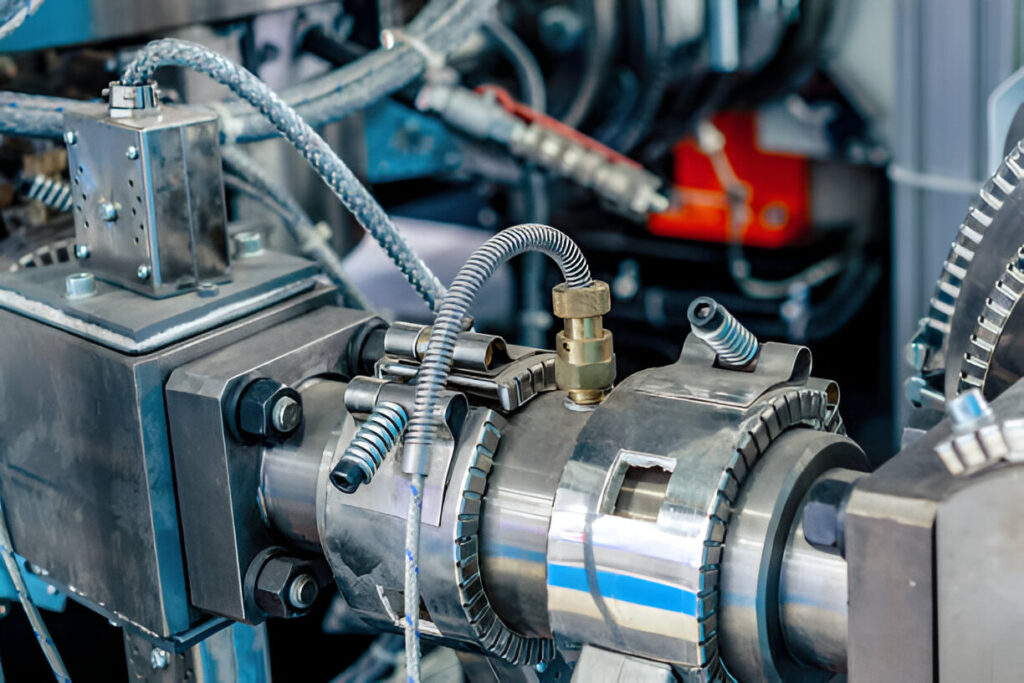
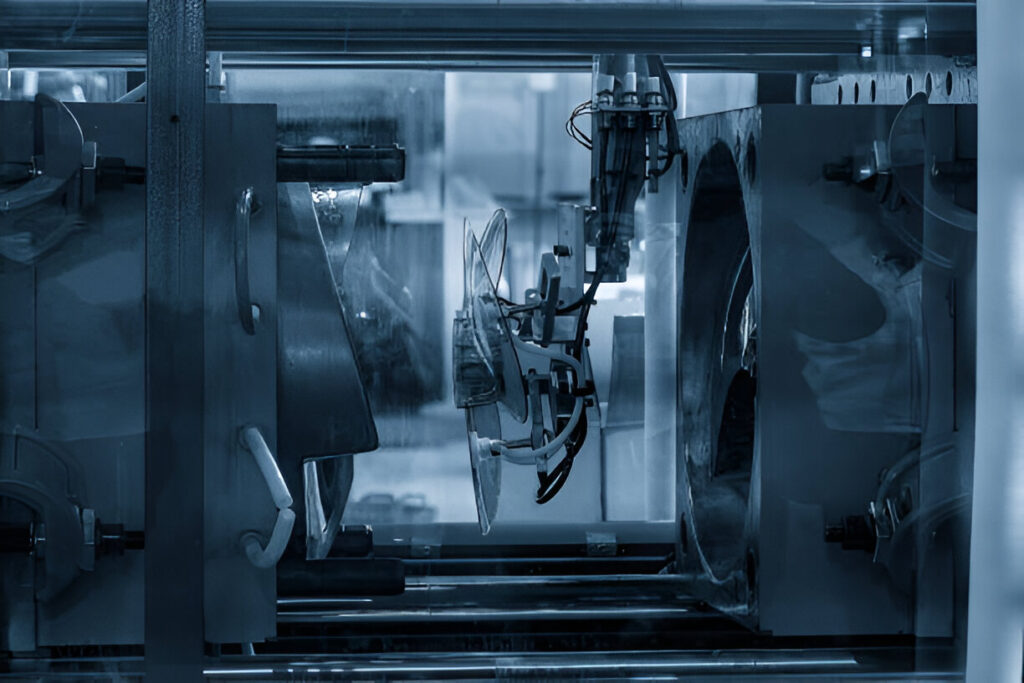
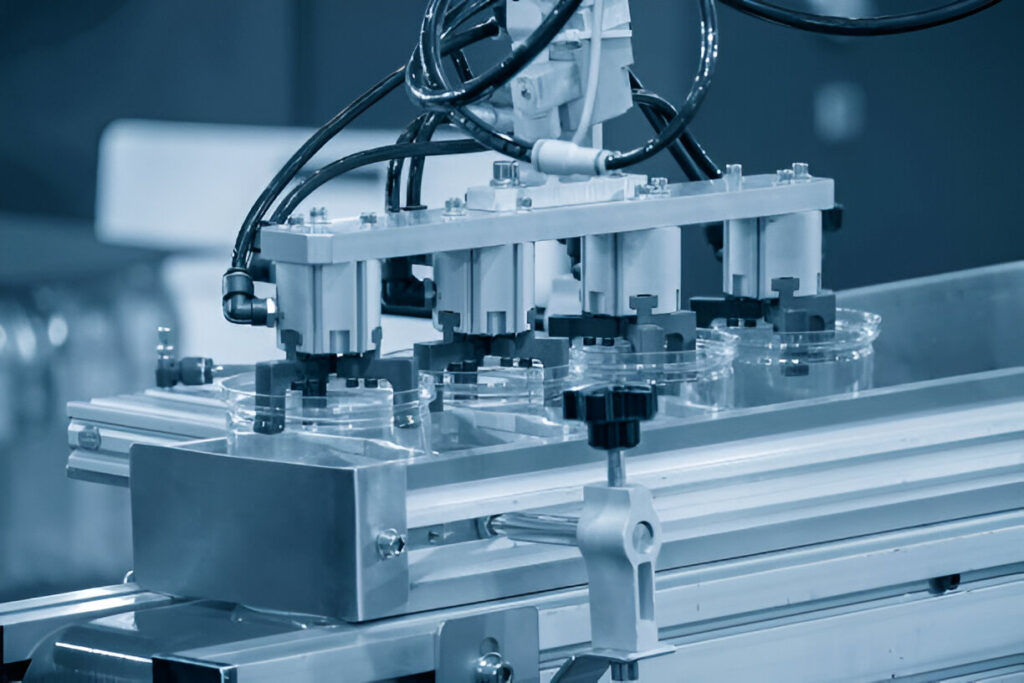
2. Types of Injection Molding Processes
Injection molding isn’t same for every process. Different technique and method are used to do process. These are some common types of injection molding:
2.1 Thermoplastic Injection Molding
Initially, thermoplastic molding is a reversible process in which pellets of plastic are first melted. Next, the process forces the components into a mold to shape them. Afterwards, the material quickly cools to harden.
2.2 Thermoset Injection Molding
Thermoset molding works oppositely to thermoplastic molding. In thermoset molding, initially, the process begins with the application of heat. Subsequently, a chemical reaction occurs instead of a mere physical change. As a result, the material undergoes a permanent transformation. Furthermore, this chemical reaction makes the process irreversible.
2.3 Overmolding
The over molding process initially includes several steps of injection molding, then it progresses by stacking components one over another. Subsequently, we mold each layer accordingly, while ensuring that the previous layer sets properly. Afterward, we stack additional components, eventually completing the entire process.
2.4 Insert Molding
overmolding and insert molding both are too similar. only insert molding support the use of metal piece. Firstly, they insert the metal piece before injecting the plastic. This process is needed when the metal pieces need in the plastic parts.
2.5 Gas-Assisted Injection Molding
Gas-assisted injection molding reduces material use and cycle time. Manufacturers use it to create furniture, handles, and automotive panels.
2.6 Multi-Shot Injection Molding
It is also known as multi-material or two-shot molding. This plastic injection molding involves different type of material into the single mold at a one time. It creates the different type of texture. Manufacturers use it to produce items such as automotive interior parts, consumer electronics, and more.
2.7 Cube Mold Technology
Cube molding technology is advance injection molding technology. Cost savings, flexible design, enhanced efficiency, and improved product quality result from the over molding process.
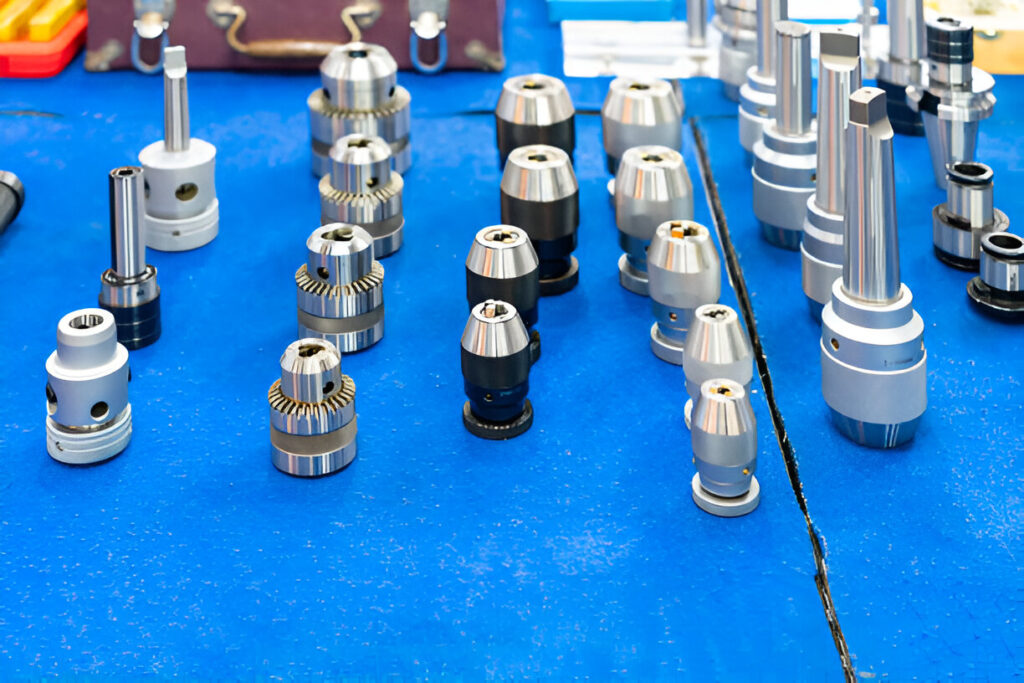
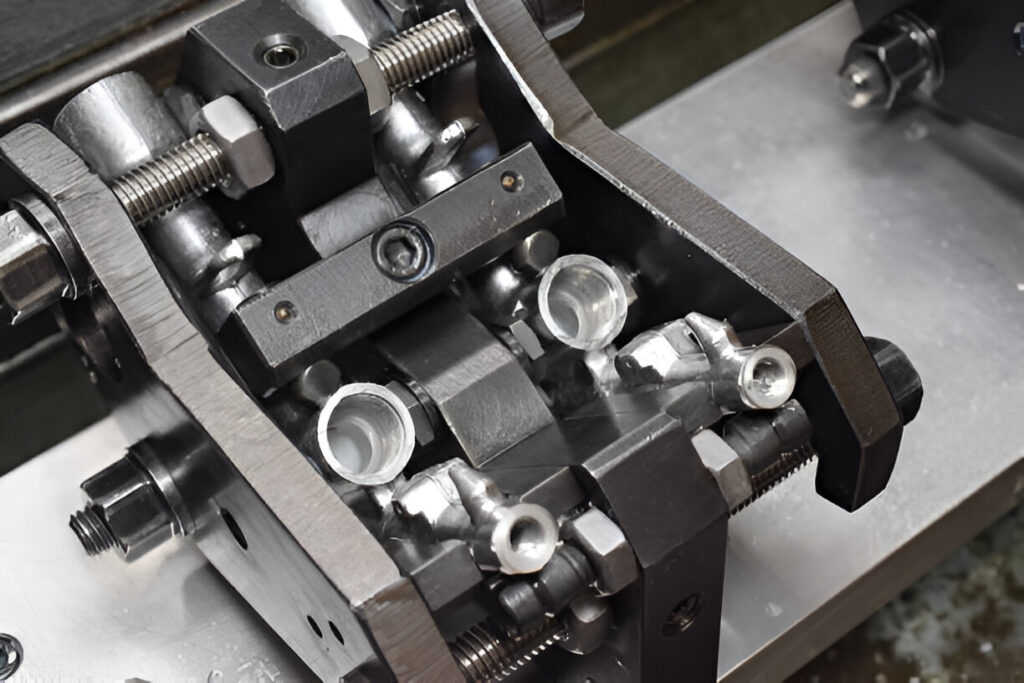
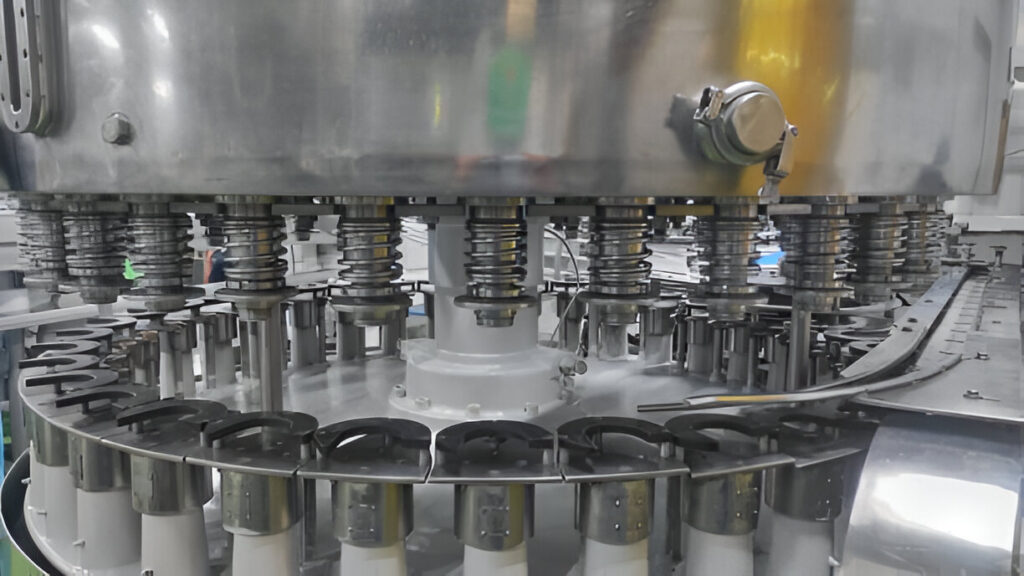
2.8 Micro Injection Molding
This process produces tiny products, each weighing less than a gram. Specialized tools and equipment facilitate the production. It helps in making medical devices, electronics, and tiny mechanical components.
2.9 Liquid Silicone Rubber (LSR) Injection Molding
This method creates flexible and durable products from silicon rubber. Manufacturers use it to make baby products, medical devices, automotive seals, and more. It allows the fine detail production.
Conclusion
Injection Mold Classification and Types of Injection Molding, In this article we talk about the the classification and their types. The classification occurs based on their structure, the type of material used, the number of cavities, and the specific application.
We divide molds based on their design. Some common types include single-cavity molds, multi-cavity molds, and family molds. All the types have different design.
There are some molding processes which help in production like: Standard injection molding, gas-assisted injection molding, gas-assisted injection molding. The work of these method is different and they are useful for making different type of shapes and design. All the types have their own advantage and disadvantage.

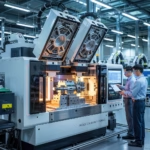
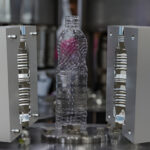
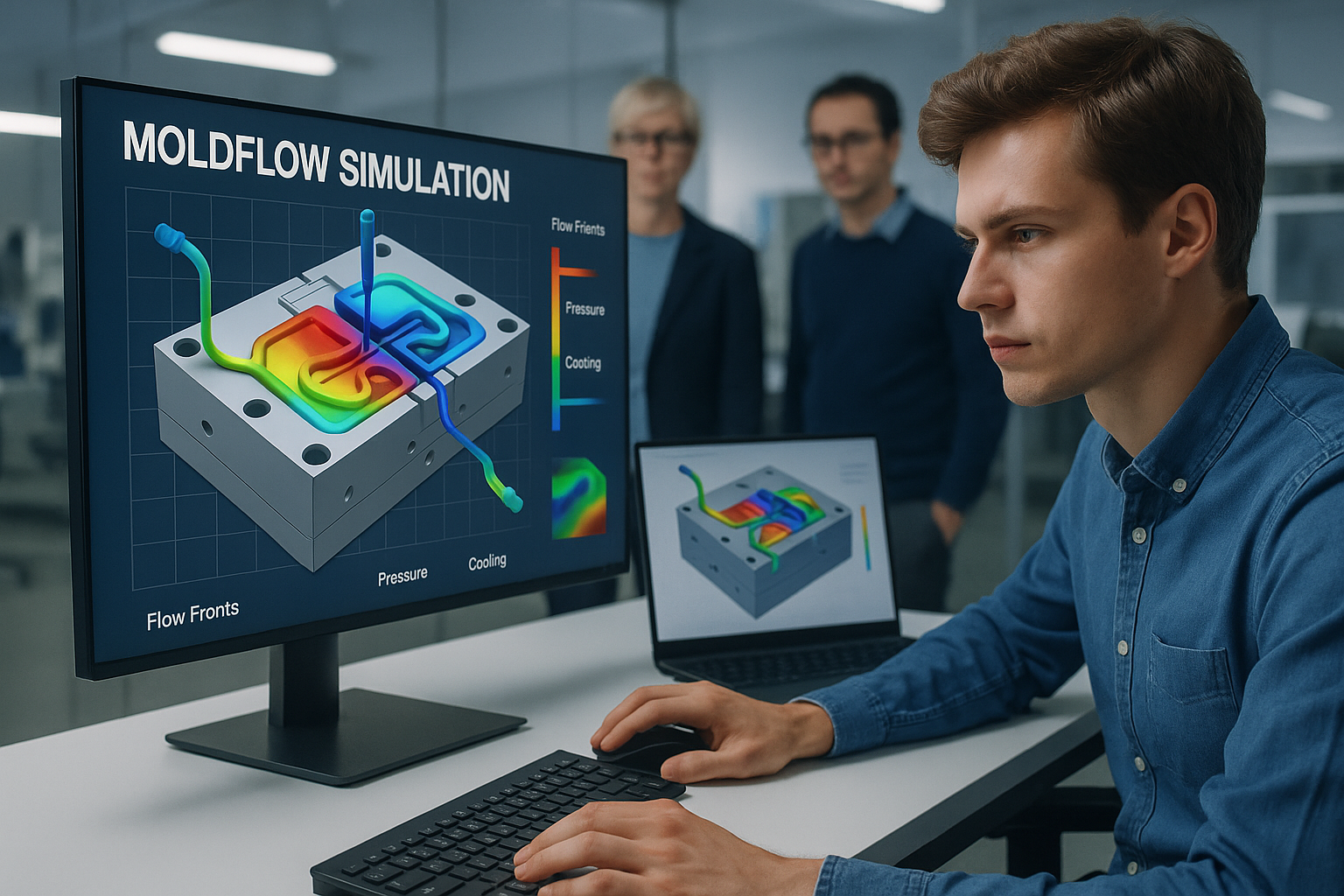
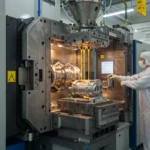

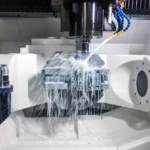
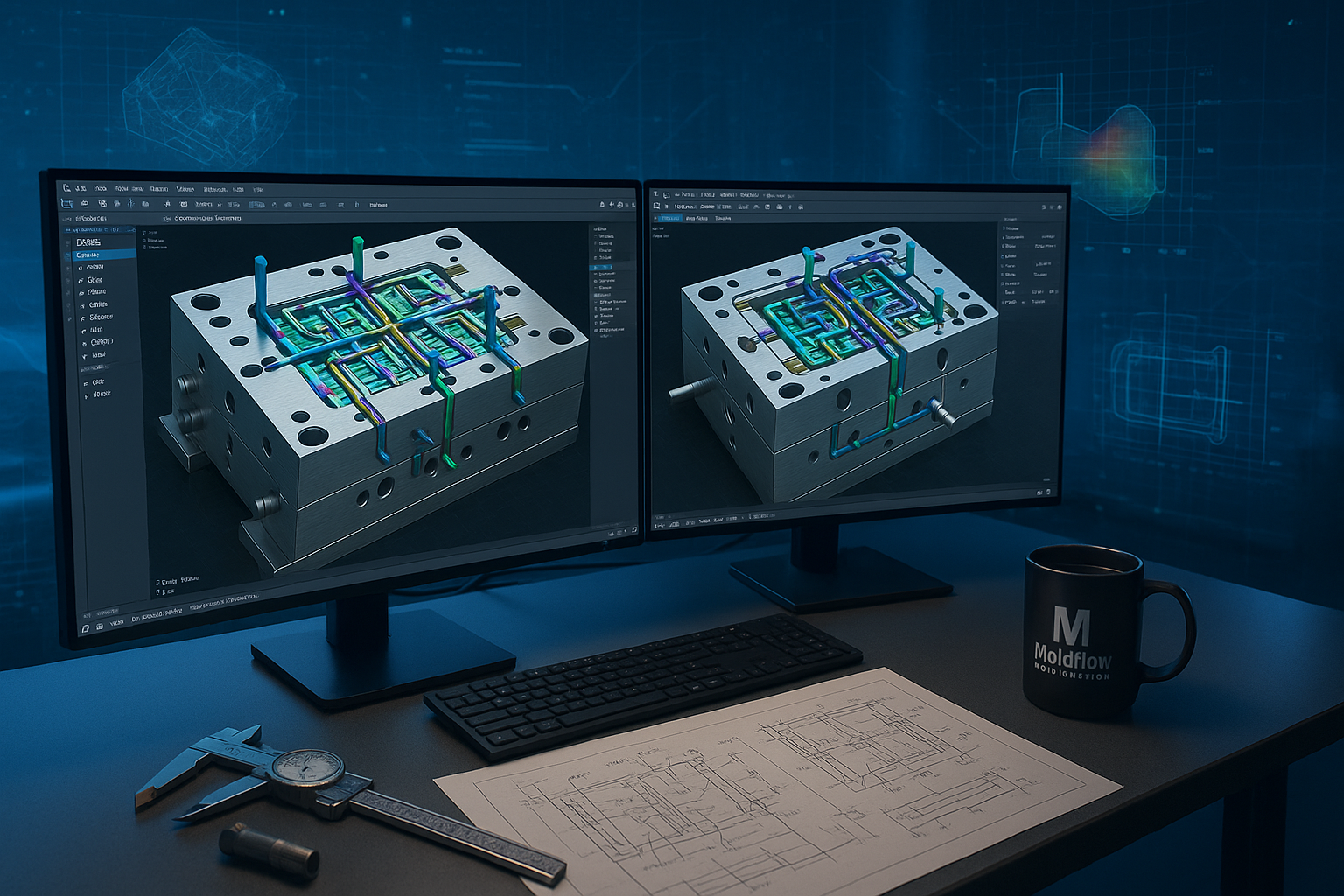
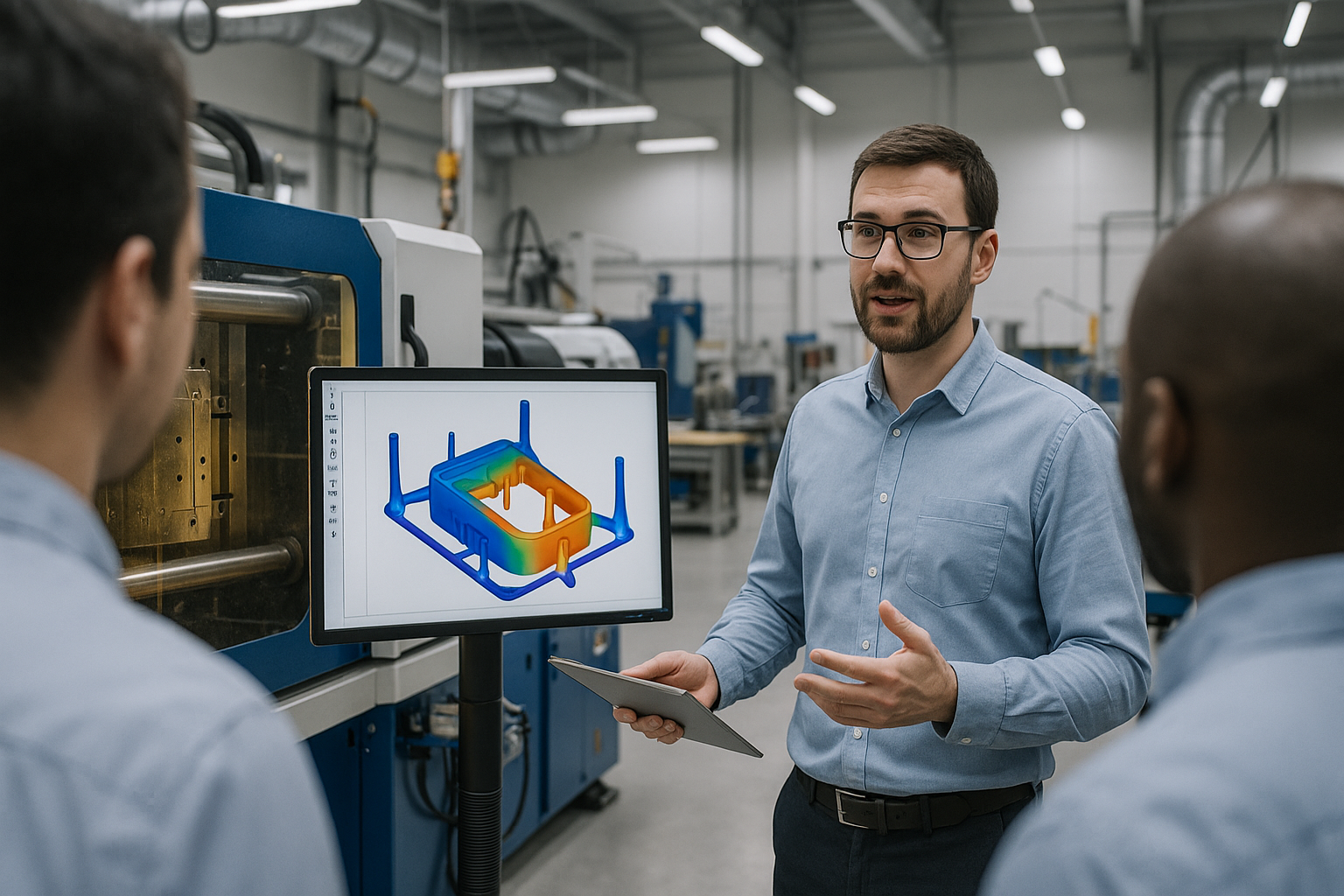
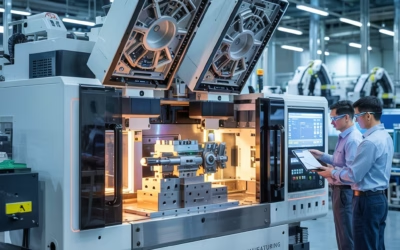
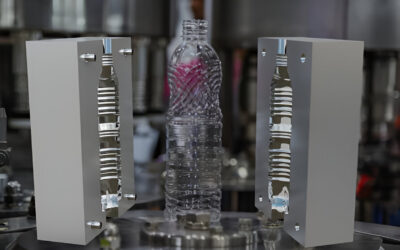
0 Comments
Trackbacks/Pingbacks